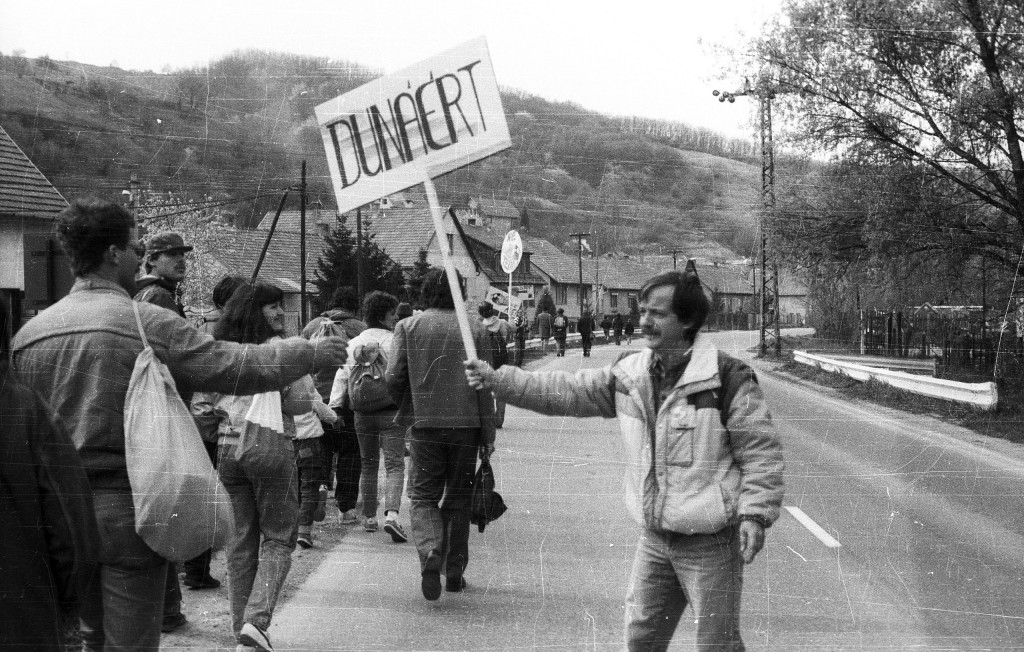By Kristof Kocs
Despite widespread opposition, the Chinese battery manufacturing company known as Contemporary Amperex Technology Ltd. (CATL) has moved one step closer to establishing its first Hungarian battery-production facility, in Debrecen, after receiving the environmental permit from the local authorities on February 13. CATL, the world’s leading manufacturer of electric vehicle batteries, initially announced in August 2022 that it would begin operations in Hungary. This came quickly after the company’s first factory in Europe a year earlier, near the German city of Arnstadt.
Estimated to cost €7.34 billion, this factory would be Hungary’s largest private investment and a watershed moment in EU-China economic cooperation, which is why government officials see it as a nationally prioritized project.
“Hungary rejects all proposals that would fracture economic cooperation between the European Union and China,” said Foreign Minister Péter Szijjártó on October 20, weeks after CATL announced its intention to enter Hungary, arguing that such investments benefit the country’s economic development. However, not everyone welcomed this news positively. An ever-increasing opposition movement has formed, jeopardizing the government’s plans, and moving it into increasingly perilous waters.
Note: This is only an illustration, not an actual footage of the demonstrations (Source: Markus Spiske/Unsplash)
From the right-wing Our Homeland Movement (Mi Hazánk) to the left-leaning opposition and to even hardcore supporters of the governing Fidesz, the proposed Chinese mega-construction, brought all sides of the domestic political spectrum together in order to prevent CATL’s environmentally damaging project. This nationwide dissatisfaction has led to a never-before-seen wave of serious demonstrations, in the otherwise Fidesz-supporting city of Debrecen, the second largest city of the country.
Those opposed to the investment see the proposed facility as an environmental polluter and have concerns about its potential water consumption, as it is being built in an area already severely affected by climate change. Droughts are increasingly common in the area; thus another unwanted water-consumer would cause additional challenges for local residents, protesters argue, not to mention the level of unrecyclable sewage and toxic chemicals it would generate. Furthermore, CATL’s plans to import Chinese labor is also incompatible with the government’s previous and continuous anti-migrant messaging.
According to a recent survey by independent think tank 21 Kutatóközpont conducted at the beginning of February, 64% of Debrecen residents oppose the construction of the battery factory. Moreover, the local newspaper Debreciner’s analysis revealed that while the majority of the opposition, including Mi Hazánk sympathizers and non-partisans, are opposed to the investment, only 62% of pro-government voters are in favor of it. This leads to the conclusion that Prime Minister Viktor Orbán and his government might have made a strategic mistake, by increasing the likelihood of environmental injustice occurring, and thus creating outrage and public dissatisfaction.
Not for the first time
It’s not the first time in the history of Hungary that a politically motivated but environmentally harmful investment had sparked controversy. Although often overlooked, a similar disputed project of the Gabčíkovo-Nagymaros Dams (or Bős-nagymarosi Vízlépcső in Hungarian), was one of the first instances of the national environmental awareness; an issue that united people of various viewpoints, and introduced green policy to Hungary. Originally initiated by the Budapest Treaty of 1977, between the Czechoslovak Socialist Republic and the Hungarian People’s Republic, this project aimed to prevent catastrophic floods, improve river navigability and produce clean electric energy.
Visegrád 1989, demonstration against the construction of the Gabčíkovo-Nagymaros Dams (Source: TM/Fortepan)
Although the dam’s completion was scheduled for 1995, by the end of the 1980s, nationwide opposition to the project had erupted in Hungary, quickly becoming an integral part of the system-changing reform movement, and forcing the construction to be halted in 1989. Duna kör, one of the first Hungarian NGOs, played a significant role in organizing demonstrations and disseminating information in these events. However, anti-dam arguments were highly effective since a majority of the protesters were unfamiliar with scientific and environmental topics, they saw it primarily as a political issue.
A more thorough analysis, however, reveals that much of the evidence may have been falsified with the intent to mislead the public, wrote Greenfo, a Hungarian magazine dealing with green policy. Nonetheless, it is undeniable that this case was the first major Hungarian public discussion dealing with environmental issues, and despite the International Court of Justice’s 1997 investigation, a portion of the project was still completed, in today’s Slovakia.
Will there be a factory in Debrecen, or not?
Returning to this article’s title question, it appears that there is no clear answer on what we can currently expect to happen. After examining past cases, we can see a general trend: environmental protection issues are quickly taken up by public opinion, yet they frequently fade into obscurity after a few weeks. However, CATL’s project in Debrecen is more than just a construction of a battery-producing facility. Although the largest Hungarian private investment is undoubtedly prioritized already due to its size, this case is also particularly intriguing due to China’s underlying interests and influence. Although the factory’s construction appears to be well underway, it will be critical to monitor the local sentiment in the future.
However, the story will continue: despite Mi Hazánk and Momentum’s attempts to organize a referendum, the Local Election Committee in Debrecen rejected all three requests on February 22. While Mi Hazánk organized a large-scale protest at the construction site two days later, the green party LMP has stated that it will challenge the contract between the company and the government. As a result, the ending is still to be determined. The only question now is whether the protesters will continue to try to protect the environment and save Debrecen’s future, despite being constantly discredited and labeled as destroyers of the economy in government ads, costing millions.






